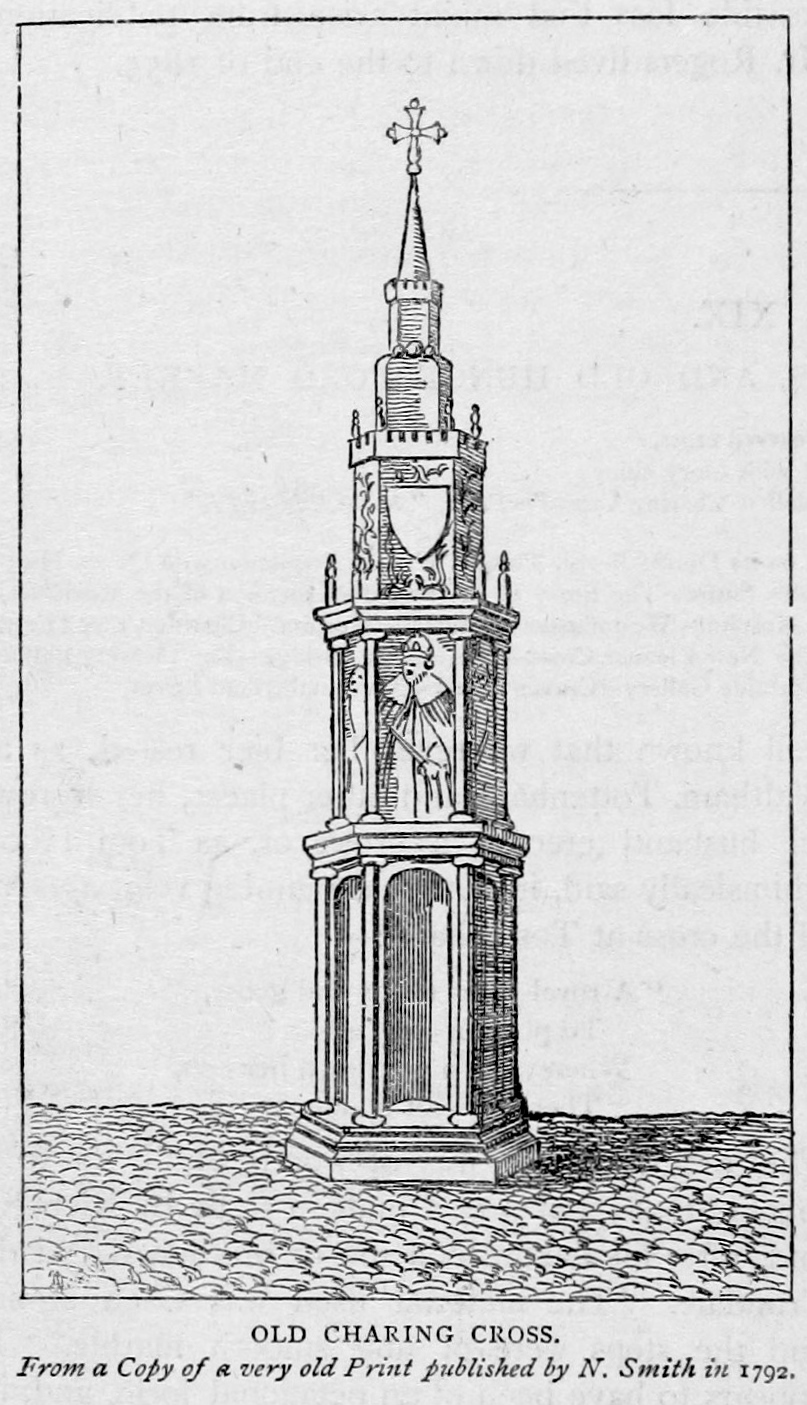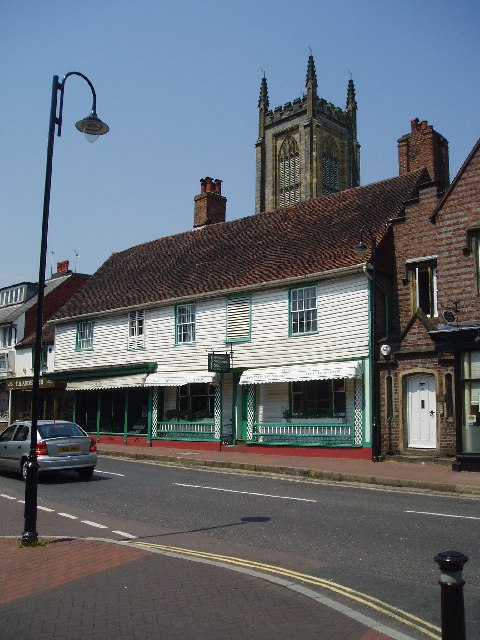|
David Atherton-Smith
David Atherton-Smith (20 July 1871 - 1958) was a Scottish born Quaker, a refugee relief worker and a professional vocalist. During World War I, he focused on humanitarian aid in France, initially for the French Red Cross, transferring to the American Red Cross as an A.R.C. Captain, being closely involved on the welfare and rehabilitation of injured French soldiers. His attentions were then diverted to aiding displaced persons after World War I. During 1919 he relocated to Central Europe with the Friends' War Victims Relief Committee. In 1920, he was appointed Deputy Head of the European Student Relief of the World’s Student Christian Federation. As a painter he exhibited his art in Europe. Early life and artistic career Atherton-Smith was born on 20 July 1871 in Glasgow; the son of James Smith, a bow manufacturer. He became a professional vocalist or Vocal coach and moved to England. At the turn of the century he was a regular performer at musical events in London, mak ... [...More Info...] [...Related Items...] OR: [Wikipedia] [Google] [Baidu] |
Glasgow
Glasgow ( ; sco, Glesca or ; gd, Glaschu ) is the most populous city in Scotland and the fourth-most populous city in the United Kingdom, as well as being the 27th largest city by population in Europe. In 2020, it had an estimated population of 635,640. Straddling the border between historic Lanarkshire and Renfrewshire, the city now forms the Glasgow City Council area, one of the 32 council areas of Scotland, and is governed by Glasgow City Council. It is situated on the River Clyde in the country's West Central Lowlands. Glasgow has the largest economy in Scotland and the third-highest GDP per capita of any city in the UK. Glasgow's major cultural institutions – the Burrell Collection, Kelvingrove Art Gallery and Museum, the Royal Conservatoire of Scotland, the Royal Scottish National Orchestra, Scottish Ballet and Scottish Opera – enjoy international reputations. The city was the European Capital of Culture in 1990 and is notable for its architecture, cult ... [...More Info...] [...Related Items...] OR: [Wikipedia] [Google] [Baidu] |
Philadelphia
Philadelphia, often called Philly, is the largest city in the Commonwealth of Pennsylvania, the sixth-largest city in the U.S., the second-largest city in both the Northeast megalopolis and Mid-Atlantic regions after New York City. Since 1854, the city has been coextensive with Philadelphia County, the most populous county in Pennsylvania and the urban core of the Delaware Valley, the nation's seventh-largest and one of world's largest metropolitan regions, with 6.245 million residents . The city's population at the 2020 census was 1,603,797, and over 56 million people live within of Philadelphia. Philadelphia was founded in 1682 by William Penn, an English Quaker. The city served as capital of the Pennsylvania Colony during the British colonial era and went on to play a historic and vital role as the central meeting place for the nation's founding fathers whose plans and actions in Philadelphia ultimately inspired the American Revolution and the nation's inde ... [...More Info...] [...Related Items...] OR: [Wikipedia] [Google] [Baidu] |
Salon D'Automne
The Salon d'Automne (; en, Autumn Salon), or Société du Salon d'automne, is an art exhibition held annually in Paris, France. Since 2011, it is held on the Champs-Élysées, between the Grand Palais and the Petit Palais, in mid-October. The first Salon d'Automne was created in 1903 by Frantz Jourdain, with Hector Guimard, George Desvallières, Eugène Carrière, Félix Vallotton, Édouard Vuillard, Eugène Chigot and Maison Jansen.Salon d'automne; Société du Salon d'automne Catalogue des ouvrages de peinture, sculpture, dessin, gravure, architecture et art décoratif. Exposés au Petit Palais des Champs-Élysées, 1903 Perceived as a reaction against the conservative policies of the official Paris Salon ... [...More Info...] [...Related Items...] OR: [Wikipedia] [Google] [Baidu] |
French North Africa
French North Africa (french: Afrique du Nord française, sometimes abbreviated to ANF) is the term often applied to the territories controlled by France in the North African Maghreb during the colonial era, namely Algeria, Morocco and Tunisia. In contrast to French West Africa and French Equatorial Africa which existed as federations of French colonies and administrative entities in their own right, French North Africa was never more than a term of convenience to refer to the three separately governed territories under different forms of colonial regime. In the 19th century, the decline of the Ottoman Empire, which had loosely controlled the area since the 16th century, left the region vulnerable to other forces. In 1830, French troops captured Algiers and from 1848 until independence in 1962, France treated Algeria as an integral part of France, the ''Métropole'' or metropolitan France. In subsequent decades, a substantial European settler population emerged in Algeria known ... [...More Info...] [...Related Items...] OR: [Wikipedia] [Google] [Baidu] |
Venice
Venice ( ; it, Venezia ; vec, Venesia or ) is a city in northeastern Italy and the capital of the Veneto Regions of Italy, region. It is built on a group of 118 small islands that are separated by canals and linked by over 400 bridges. The islands are in the shallow Venetian Lagoon, an enclosed bay lying between the mouths of the Po River, Po and the Piave River, Piave rivers (more exactly between the Brenta (river), Brenta and the Sile (river), Sile). In 2020, around 258,685 people resided in greater Venice or the ''Comune di Venezia'', of whom around 55,000 live in the historical island city of Venice (''centro storico'') and the rest on the mainland (''terraferma''). Together with the cities of Padua, Italy, Padua and Treviso, Italy, Treviso, Venice is included in the Padua-Treviso-Venice Metropolitan Area (PATREVE), which is considered a statistical metropolitan area, with a total population of 2.6 million. The name is derived from the ancient Adri ... [...More Info...] [...Related Items...] OR: [Wikipedia] [Google] [Baidu] |
Charing Cross
Charing Cross ( ) is a junction in Westminster, London, England, where six routes meet. Clockwise from north these are: the east side of Trafalgar Square leading to St Martin's Place and then Charing Cross Road; the Strand leading to the City; Northumberland Avenue leading to the Thames Embankment; Whitehall leading to Parliament Square; The Mall leading to Admiralty Arch and Buckingham Palace; and two short roads leading to Pall Mall. The name also commonly refers to the Queen Eleanor Memorial Cross at Charing Cross station. A bronze equestrian statue of Charles I, erected in 1675, stands on a high plinth, situated roughly where a medieval monumental cross had previously stood for 353 years (since its construction in 1294) until destroyed in 1647 by Cromwell and his revolutionary government. The famously beheaded King, appearing ascendant, is the work of French sculptor Hubert Le Sueur. The aforementioned eponymous monument, the "Charing Cross", was the largest and most o ... [...More Info...] [...Related Items...] OR: [Wikipedia] [Google] [Baidu] |
Étaples
Étaples or Étaples-sur-Mer (; vls, Stapel, lang; pcd, Étape) is a commune in the Pas-de-Calais department in northern France. It is a fishing and leisure port on the Canche river. History Étaples takes its name from having been a medieval staple port (''stapal'' in Old Dutch), from which word the Old French word ''Estaples'' derives. As a port it was part of the administrative and economic complex centred on Montreuil after access from the sea to that town was restricted by silting. The site of modern Étaples lies on the ridge of dunes which once lay to seaward of a marsh formed off-shore from the chalk plateau of Artois. From the Canche northwards, the dunes tend to extend inland, all the way to the old chalk cliff. It lay just outside the southern edge of the mediaeval Boulonnais and some eighteen kilometres () south of the geological region of that name. The dunes were established as the sea level rose during the Quaternary and show signs of habitation during the Pala ... [...More Info...] [...Related Items...] OR: [Wikipedia] [Google] [Baidu] |
Royal Scottish Academy
The Royal Scottish Academy (RSA) is the country’s national academy of art. It promotes contemporary Scottish art. The Academy was founded in 1826 by eleven artists meeting in Edinburgh. Originally named the Scottish Academy, it became the Royal Scottish Academy on being granted a royal charter in 1838. The RSA maintains a unique position in the country as an independently funded institution led by eminent artists and architects to promote and support the creation, understanding, and enjoyment of visual arts through exhibitions and related educational events. Overview In addition to a continuous programme of exhibitions, the RSA also administers scholarships, awards, and residencies for artists who live and work in Scotland. The RSA's historic collection of important artworks and an extensive archive of related material chronicling art and architecture in Scotland over the last 180 years are housed in the National Museums Collection Centre at Granton, and are available to r ... [...More Info...] [...Related Items...] OR: [Wikipedia] [Google] [Baidu] |
Walker Art Gallery
The Walker Art Gallery is an art gallery in Liverpool, which houses one of the largest art collections in England outside London. It is part of the National Museums Liverpool group. History of the Gallery The Walker Art Gallery's collection dates from 1819 when the Liverpool Royal Institution acquired 37 paintings from the collection of William Roscoe, who had to sell his collection following the failure of his banking business, though it was saved from being broken up by his friends and associates. In 1843, the Royal Institution's collection was displayed in a purpose-built gallery next to the Institution's main premises. In 1850 negotiations by an association of citizens to take over the Institution's collection, for display in a proposed art gallery, library and museum, came to nothing. The collection grew over the following decades: in 1851 Liverpool Town Council bought Liverpool Academy's diploma collection and further works were acquired from the Liverpool Society fo ... [...More Info...] [...Related Items...] OR: [Wikipedia] [Google] [Baidu] |
Decree Nisi
A decree nisi or rule nisi () is a court order that will come into force at a future date unless a particular condition is met. Unless the condition is met, the ruling becomes a decree absolute (rule absolute), and is binding. Typically, the condition is that an adversely affected party provide satisfactory evidence or argument that the decree should ''not'' take effect (i.e. the decree takes effect unless the party shows that it should not). For that reason, a decree nisi may also be called a rule, order or decree to show cause. Using the example of a divorce, the wording of such a decree is generally in the form of "that the marriage solemnized on (date) between AB and CD, be dissolved by reason of (grounds) UNLESS sufficient cause be shown to the court why this decree should not be made absolute within six weeks". This allows time for any party who objects to the divorce to come forward with those objections. When no objection is raised by either party, an automatic dissolution ... [...More Info...] [...Related Items...] OR: [Wikipedia] [Google] [Baidu] |
The National Archives (United Kingdom)
, type = Non-ministerial department , seal = , nativename = , logo = Logo_of_The_National_Archives_of_the_United_Kingdom.svg , logo_width = 150px , logo_caption = , formed = , preceding1 = , dissolved = , superseding = , jurisdiction = England and Wales, HM Government , headquarters = Kew, Richmond, Greater London TW9 4DU , region_code = GB , coordinates = , employees = 679 , budget = £43.9 million (2009–2010) , minister1_name = Michelle Donelan , minister1_pfo = Secretary of State for Digital, Culture, Media and Sport , minister2_name = TBC , minister2_pfo = Parliamentary Under Secretary of State , chief1_name = Jeff James , chief1_position = Chief Executive and Keeper of the Public Records , chief2_name = , chief2_position = , chief3_name = , chief3_position = , chief4_name = , chief4_position = , chief5_name = , chief5_position = , agency_type = , chief6_name = , chief6_position = , chief7_name = , chief7_position = ... [...More Info...] [...Related Items...] OR: [Wikipedia] [Google] [Baidu] |
East Grinstead
East Grinstead is a town in West Sussex, England, near the East Sussex, Surrey, and Kent borders, south of London, northeast of Brighton, and northeast of the county town of Chichester. Situated in the extreme northeast of the county, the civil parish has an area of . The population at the 2011 Census was 26,383. Nearby towns include Crawley and Horley to the west, Tunbridge Wells to the east and Redhill and Reigate to the northwest. The town is contiguous with the village of Felbridge to the northwest. Until 1974 East Grinstead was in East Sussex, before joining together with Haywards Heath and Burgess Hill as the Mid-Sussex district of West Sussex. The town is on the Greenwich Meridian. It has many historic buildings, and the Weald and Ashdown Forest lie to the south-east. Places of interest The High Street contains one of the longest continuous runs of 14th-century timber-framed buildings in England. Other notable buildings in the town include Sackville College, the san ... [...More Info...] [...Related Items...] OR: [Wikipedia] [Google] [Baidu] |

.jpg)
.jpg)





